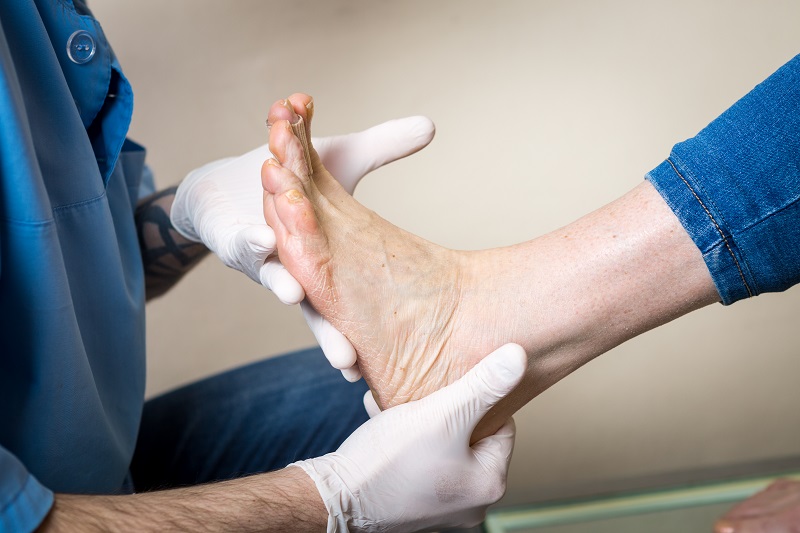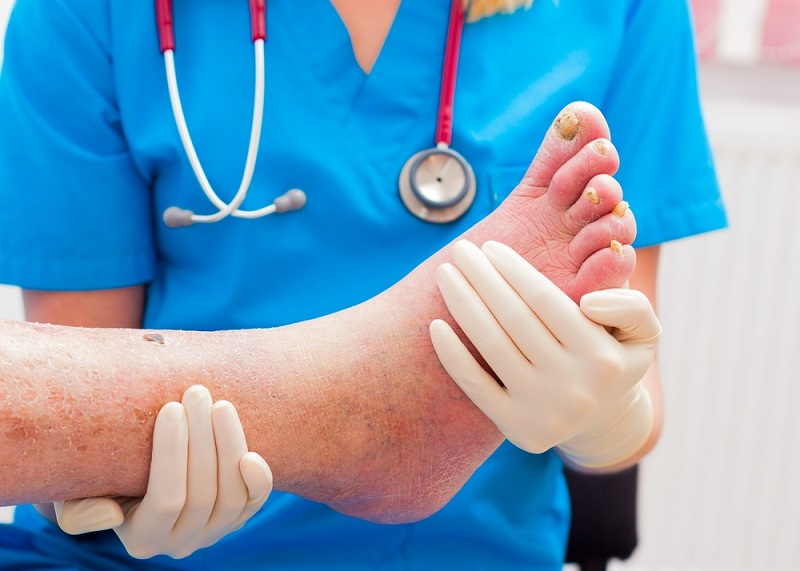In modern times, where diseases and health problems are a significant concern in all strata of society, foot problems are becoming predominating difficulty faced by humans’ irrespective of work habits and environments. The regular practice among the crowd is the use of inserts that appear to be a very comfortable and cheaper alternative. Inserts are quite easily accessible from stores and are not custom-made for an individual. They are generally made of gel, plastic or foam and provide either arc support or an extra cushioning to reduce the pain. In contrast, a better and more advanced approach is the use of custom orthotics that are prescribed medical devices that aim at correcting problems related to the biomechanical foot.
They are prescribed by a podiatrist who minutely studies the anatomy of an individual’s feet and evaluates the exact problems and solutions related to the feet. Also, they provide a better customized fit and are made of better-quality materials in comparison to inserts. Podiatrists generally recommend custom orthotics to people with a flat foot or with very high arches. The need for such artificial cushioning arises in cases where the individual faces heel pain or if there is swelling or pain in other areas of the foot. The pain or swelling can occur due to regular or fewer exercising activities like standing or walking.

Custom orthotics are beneficial to patients in many ways, such as:
a) Relief from arthritis pain
b) Correction of any defects in the length of the legs
c) Reduced strain on the knees
d) Allows a better range of motion
There are various types of custom orthotics that are available in the market and depending on the need and the difficulties of the patients, any one of the following can be prescribed:
1) Functional or Rigid orthotics: These are generally made from different materials like plastic, graphite, carbon fiber, or any other type of rigid material. They are best used while wearing walking shoes with closed toes and low heels. They are mainly used to relieve foot aches along with pain in thighs, legs and lower back. They are extremely helpful in cases of abnormal foot. Sometimes they come along with an extension called Ankle foot orthosis (AFO). This extension provides additional support by wrapping around the ankle and the lower part of the leg. Rigid orthotics are often a cure to problems like drop foot, arthritis, overpronation or under pronation.
2) Soft or accommodative orthotics: They are designed in a way that provides better cushioning and better support. This type of custom orthotics reduces the pressure and burden in overworked areas of the feet and help balance the body weight. They mainly provide comfort for patients having issues like plantar fasciitis, hammertoes, and bunions, etc.
3) Fragile feet orthotics: It is mainly used by patients who are suffering from diabetes. the softness in the upper layer of the orthotic due to the inbuilt diaflex helps providing relief to such patients.
4) Pied sensible orthotics: This type of orthotic is specifically prescribed to patients having neuropathic issues These are generally suitable for very sensitive feet and have a special metatarsal padding for extra support and stability.
5) Sport special orthotics: Some people like athletes or others that are highly involved in strenuous activities like gliding, hiking, skating are provided with extra cushioning and have a rigid resin layer for extra support and better durability and lasting of the orthotic.

Custom orthotics, although, a little more expensive when compared to regular insoles, offers a better solution to the foot problems. In the long run, orthotics provides the best way of treatment of the problems that are unique to each individual’s feet by using pads that not only fits the patient’s feet perfectly but also fits the contour of the shoes that they use regularly.
Read More:
Treatment symptons, and care of diabetic foot problems
An easy guide to find the right compression socks
IV Therapy for better health: how it works and what you need to know
6 benefits of chiropractic care you won’t find elsewhere

